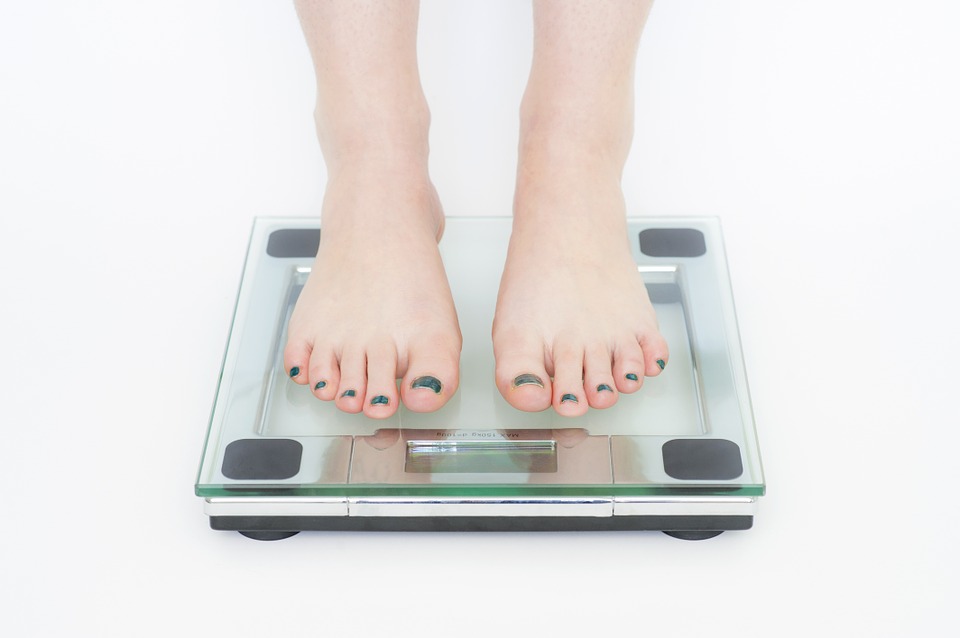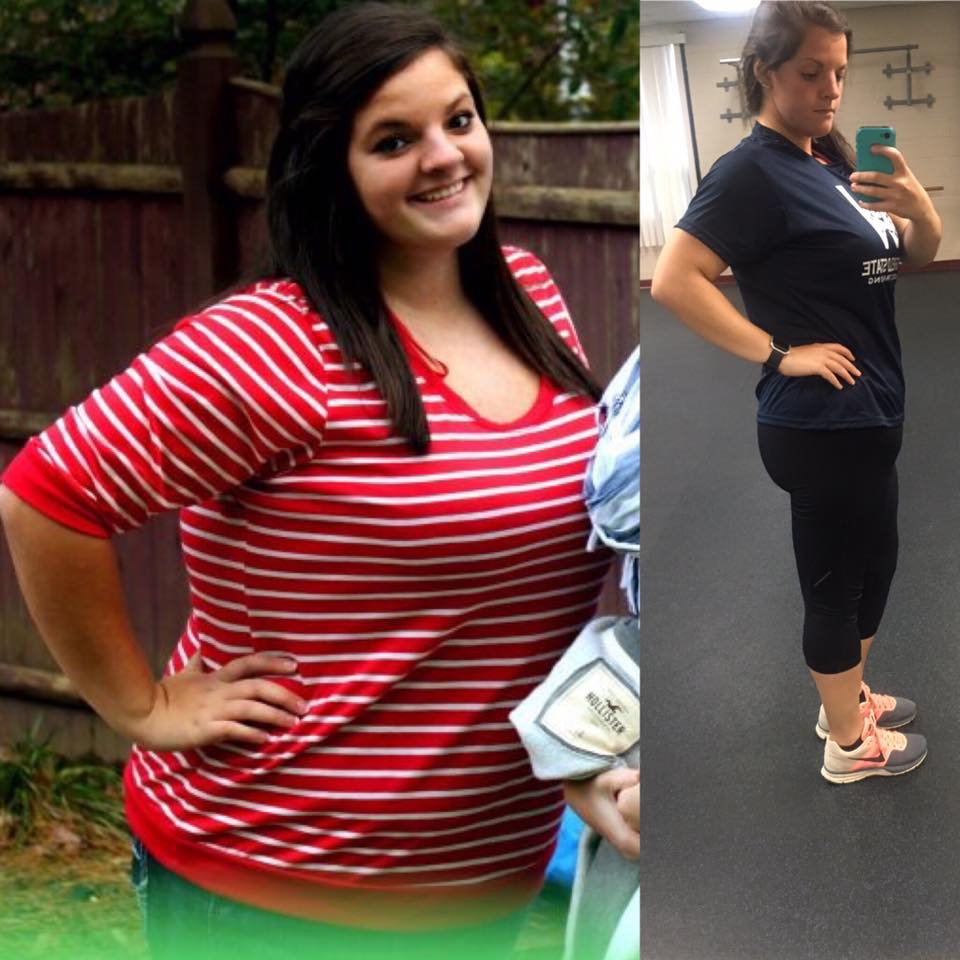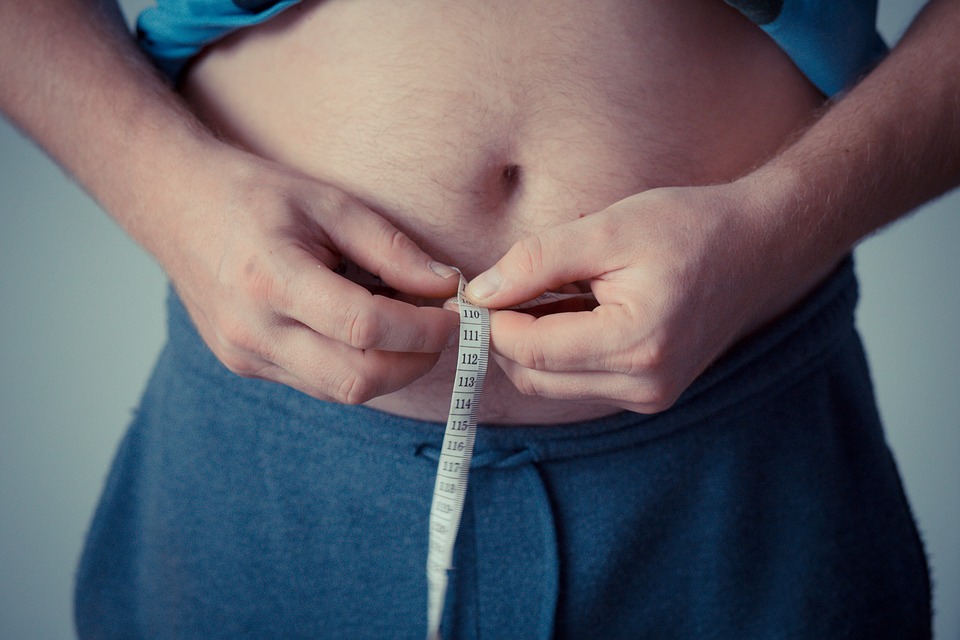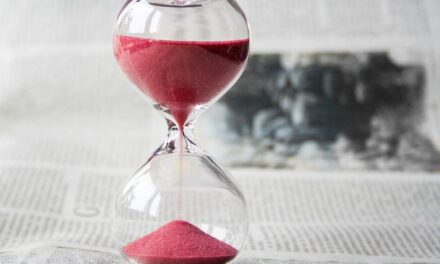If the only thing you’re doing to assess fat loss progress is sporadically stepping on the scale, or looking in the mirror after workouts, you’re making a mistake.
There are four better ways to assess fat loss progress, and I have all my clients use them to focus “facts over feelings.”
For example, you may feel like you’re not making progress if the scale isn’t going down, but the facts—which include non-scale factors, like measurements and clothing sizes—may tell us otherwise, and keep you from getting discouraged.
Here’s what to look for:
1) Bodyweight average trends
Notice I said “averages” and “trends.” Daily weigh-ins are useless to assess, as they don’t account for:
• Water fluctuations
• Menstrual cycles
• Sodium intake
• Recent workouts
• Gut content
• Bowel movements
• Your clothing (if any)
• Your scale’s quality
So it’s in your best interest to calculate weekly averages and assess them over time.

The scale isn’t the dark, evil thing you’ve been told it is
Technically speaking, losing ~1% of your bodyweight per week is safe and sustainable—but 9+ years of coaching real people has shown me ~.5% is more realistic for the effort people are willing to put in. This translates to:
• ~.7 pounds per week at 140 pounds
• ~.85 pounds per week at 170 pounds
• ~1 pound per week at 200 pounds
• ~1.15 pounds per week at 230 pounds
• ~1.35 pounds per week at 270 pounds
This said, progress is NEVER linear—even if you’re executing “perfectly.” So you can’t expect change like this every week (and expecting it sets you up for disappointment). That’s why long-term trends (ex. Week 4 versus Weeks 9) are best for assessments.
Also, it’s possible to lose fat with little to no scale change.
You’ll know this is happening when (A) your measurements are decreasing, and (B) your progress photos look different. This means you’re “recomping,” which is when you’re losing fat while building muscle: the holy grail of progress. This doesn’t happen too often, though. In most cases, it’s with:
1) Beginners
2) Individuals with a large percentage of their bodyweight to lose
3) Drug users
4) Those following HIGHLY advanced dieting protocols
So, over time, if your bodyweight averages aren’t moving, and your measurements and progress are about the same, you’re simply consuming too many calories.
2) Visual changes in photos
It’s funny: I rarely have clients acknowledge their own progress here—even when changes are drastic. They’ll claim they’re “barely seeing changes,” and stress themselves out. This is because we’re our own toughest critics, and see ourselves (through a critical lens) every day.

My online client Tina was STILL hard on herself after losing 100+ pounds
My advice?
Minimize self-assessments (in the mirror AND photos) and only look at progress photos 2-4 weeks apart. Expectation-wise, you won’t see much change in time frames this short—but since you KNOW this going into it, you can:
1) Set proper expectations
2) Assess photos over months (not weeks)
3) Stop ripping yourself apart
Here’s the best way to take your own photos:
Again, every 2-4 weeks is best—and whatever you do, do NOT shy away from taking these because you “hate the way you look.” While an understandable hesitation, you’ll deprive yourself of a valuable assessment tool, and regret not having your initial photos when you’ve made massive strides.
3) Differences in measurements
I find these particularly valuable for women, as a lack of scale change (WHILE fat loss is happening) is more common. Having measurements to assess alongside bodyweight averages solidifies this. I recommend using these sites:
• Neck
• Chest (optional)
• 2” above your belly button
• At your belly button
• 2” below your belly button
• Left arm
• Right arm
• Left thigh
• Right thigh
And taking them like this every 2-4 weeks:
Again, don’t expect massive changes in time frames this short. Simply look for changes in the midsection (2’’ above, at, and below the belly button) and limbs over time (with an emphasis on the former).
4) Clothes fitting differently
At the end of the day, we don’t really care about bodyweight averages, measurements, or numerical data. It’s what we associate lower numbers with, we care about—like:
✓ Whether we’re in a belt loop
✓ Whether our arms look toned
✓ Whether our jeans are tight
✓ Whether our dress zips easily
You get the idea. You want to feel lean, strong, and healthy—and clothing is a great way to assess our progress on this front.
The unfortunate part is, this is harder to “formalize” than bodyweight averages, progress photos, and measurements. It’s typically something you “accidentally” notice over time, like a “Holy crap! These jeans haven’t fit in ages!” kind of thing.
This doesn’t mean you shouldn’t pay attention, though. Keep an eye on how your clothes fit and celebrate the wins as they come.
Notice I didn’t include calipers? Or body scans?
That’s because the margin of error can be massive on these—anywhere from 4-9+%. Not to mention, the more accurate methods (like hydrostatic weighing and DEXA scans) can be expensive, and hard to access for “regular” people.

A belt loop is MUCH more accessible than a $175 scan
It’s also worth mentioning: there are several(!) more ways to assess GENERAL progress.
This article honed in on fat loss, specifically—something most of my clients are after (and experiencing). As for general health and performance, we can also look at:
→ Better performance
→ Fewer injuries
→ Improved recovery
→ Increased sleep quality
→ Increased sex drive
→ Increased energy levels
→ More confidence
→ More consistency
→ Better overall habits
The list goes on—and only assessing fat loss progress is a mistake, because if you approach your nutrition correctly, you won’t be in a habitual state of dieting the rest of your life. You’ll be looking at the metrics I just listed, too.
———
Speaking of nutrition: want to learn the exact foods I prescribe my clients? The ones that make transformations dramatically more efficient?
Request a copy of my Approved Foods List and you’ll learn them in minutes:





